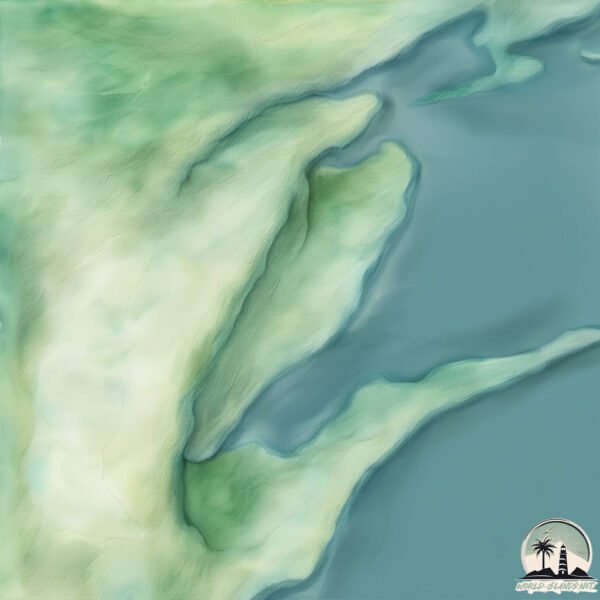Ostrov Brusnichnyy

Welcome to Ostrov Brusnichnyy, a Continental island in the Bering Sea, part of the majestic Pacific Ocean. This guide offers a comprehensive overview of what makes Ostrov Brusnichnyy unique – from its geography and climate to its population, infrastructure, and beyond. Dive into the details:
- Geography and Size: Explore the island’s size and location.
- Climate and Weather: Weather patterns and temperature.
- Topography and Nature: Uncover the natural wonders of the island.
- Infrastructure and Travelling: Insights on reaching, staying, and making the most of your visit.
- News and Headlines: Latest News.
Geography and size of Ostrov Brusnichnyy
Size: 2.261 km²
Coastline: 16.2 km
Ocean: Pacific Ocean
Sea: Bering Sea
Continent: Asia
Ostrov Brusnichnyy is a Small Island spanning 2.3 km² with a coastline of 16.2 km.
Archipel: –
Tectonic Plate: Okhotsk – Located in the northwest Pacific Ocean, the Okhotsk Plate encompasses the Sea of Okhotsk, the Kamchatka Peninsula, and parts of Japan. It’s involved in complex interactions with the Pacific and North American plates, contributing to seismic activity in the region.
The geographic heart of the island is pinpointed at these coordinates:
Latitude: 59.54421832 / Longitude: 163.2055922
Climate and weather of Ostrov Brusnichnyy
Climate Zone: Continental
Climate Details: Subarctic Climate
Temperature: Cold Summer
Climate Characteristics: Characterized by long, extremely cold winters and short, cool summers, often found in northern latitudes of North America and Eurasia.
Topography and nature of Ostrov Brusnichnyy
Timezone: UTC+12:00
Timezone places: Asia/Kamchatka
Max. Elevation: 18 m
Mean Elevation: 18 m
Vegetation: Herbaceous Cover
Tree Coverage: 28%
The mean elevation is 18 m. The highest elevation on the island reaches approximately 18 meters above sea level. The island is characterized by Plains: Flat, low-lying lands characterized by a maximum elevation of up to 200 meters. On islands, plains are typically coastal lowlands or central flat areas.
Dominating Vegetation: Herbaceous Cover
Comprising mainly of grasses, herbs, and ferns, these areas are common in prairies, meadows, and savannas, and can vary widely in species composition. Ostrov Brusnichnyy has a tree cover of 28 %.
Vegetation: 3 vegetation zones – Moderately Diverse Island
These islands start to show a broader range of ecological niches. With three vegetation zones, they may offer a mix of ecosystems like coastal areas, inland woods, and perhaps a distinct wetland or dry area. This diversity supports a wider range of flora and fauna, making these islands more ecologically complex than those with minimal diversity.
Infrastructure and Travelling to Ostrov Brusnichnyy
Does the island have a public airport? no.
There is no public and scheduled airport on Ostrov Brusnichnyy. The nearest airport is Ust’-Kamchatsk Airport, located 369 km away.
Does the island have a major port? no.
There are no major ports on Ostrov Brusnichnyy. The closest major port is NIKOL SKOYE, approximately 572 km away.
The mean population of Ostrov Brusnichnyy is 0 per km². Ostrov Brusnichnyy is Uninhabited. The island belongs to Russia.
Continuing your journey, Karaginsky is the next notable island, situated merely km away.
Russia is classified as Emerging region: BRIC: Brazil, Russia, India, and China – Economies noted for their rapid growth and increasing influence on global affairs. The level of income is Upper middle income.
News – Latest Updates and Headlines from Ostrov Brusnichnyy
Stay informed with the most recent news and important headlines from Ostrov Brusnichnyy. Here’s a roundup of the latest developments.
Please note: The data used here has been primarily extracted from satellite readings. Deviations from exact values may occur, particularly regarding the height of elevations and population density. Land area and coastline measurements refer to average values at mean high tide.
